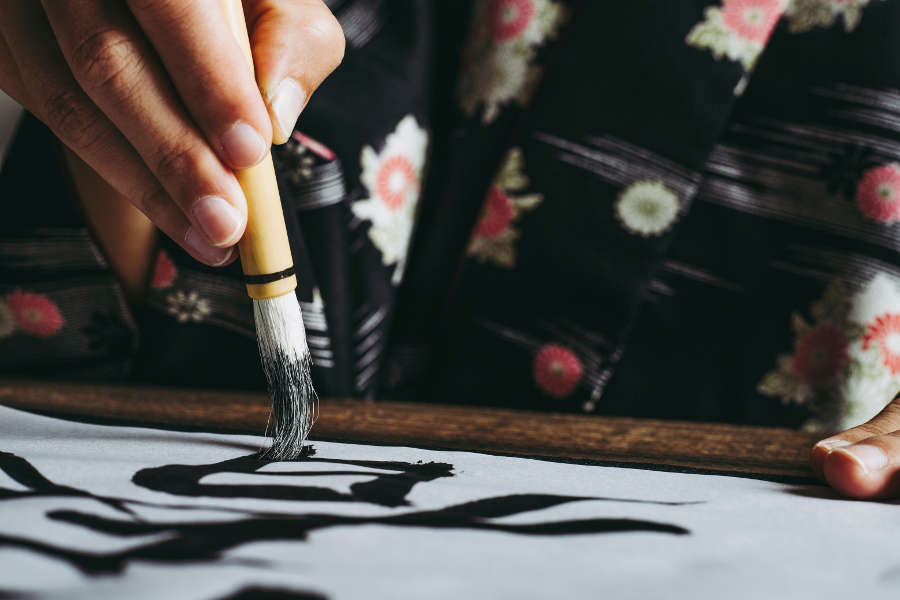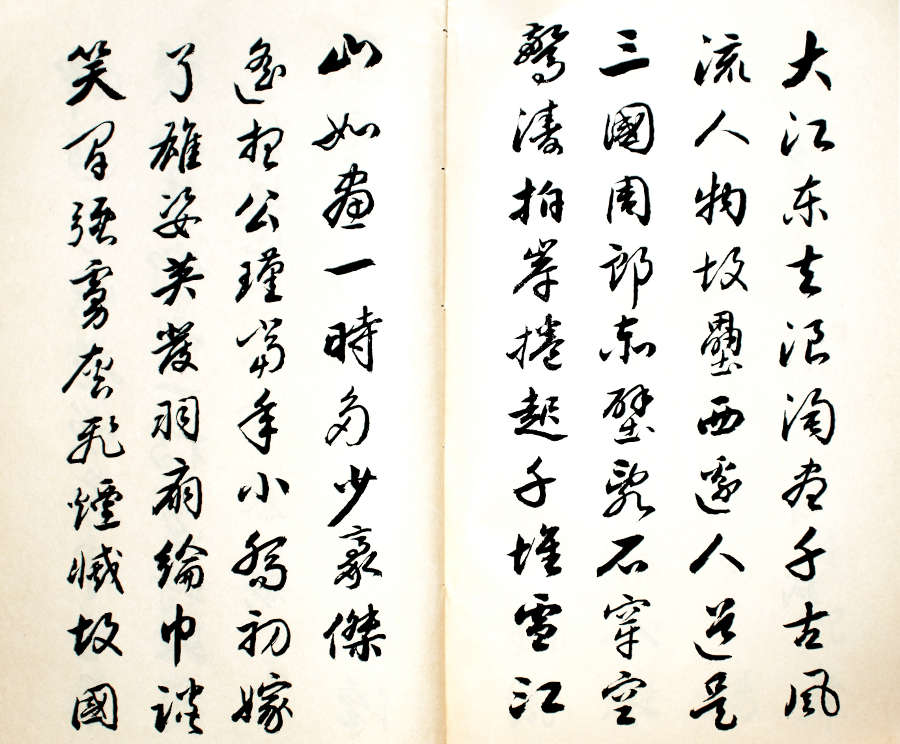I WANT
RELATED LINKS
I WANT
RELATED LINKS
RELATES LINKS
I WANT
RELATES LINKS
Services
Related Links
Use and Management of Cookies
We use cookies and other similar technologies on our website to enhance your browsing experience. For more information, please visit our Cookies Notice.
- Personal Banking
- Stories & Tips
- Tips for You
- Japanese Cultural Innovation: Creation of Japanese Language
- Personal Banking
- ...
- Japanese Cultural Innovation: Creation of Japanese Language
Japanese Cultural Innovation: Creation of Japanese Language
09-01-2020
We might have heard the word “innovation” in most of the topics in these past 3-4 years and it often associates with technology. However, in my research, “Revisiting the Notion of Innovation and Its Impact on Thailand’s Economic Policy: A Case Study of Japanese Manga” in
https://jati.um.edu.my/article/view/18669 I discovered that innovation means more than technology. It means to discover new things that can create values in business or economic aspects.
In the next 5 articles, we will be talking about the selected 5 topics on Japanese cultural innovation, which create business values, social values as well as cultural values. Let us start with the very first topic, “Creation of Japanese Language”.

Creation of Japanese Language
In the past, Japan did not have her own writing characters, she only had a speaking language. But, from the 7th-8th century, at the beginning of the Nara period (奈良時代), Japan started to adopt Chinese culture. This includes the adoption of Chinese characters to use in writing systems which allows a more accurate record of knowledge and events compared to the past, when stories were told by word of mouth. Eventually, 3 important pieces of the document were created –Manyoshu (万葉集), a collection of Japanese poetry and another 2 historical accounts –Kojiki (古事記) and Nihon Shoki (日本書紀). That was the first time ever in Japan that historical accounts were recorded in black and white and the story traced all the way back to the establishment of Japan.

The interesting part is that Japan was able to blend Chinese characters into her writing language when both languages have nothing in common. Technically speaking, the Chinese language is an isolating language, similar to the Thai language. It does not have a transformation of tenses, verbs, but comes with tones. On the other hand, the Japanese language is an agglutinative language. Many syllables sound chained together to form a word. There is a transformation of tenses, does not have tones and there is no separation of consonants and vowels as they both form into 1 unit of the syllable.
With the creativity of ancient Japanese, they are also successful in adopting Chinese language into Japanese speaking language. For example, “a” sound in Japanese is similar to many Chinese sounds such as 安 (an) or 阿 (ah) or “ta” sound in Japanese will use similar Chinese sound like 太 (tai) or 多 (duo) to replace.

Later, there was confusion as different people use different characters for the same sound. So, there is a cooperation to set a standard, and the first language system in Japan was created in Heian period (平安時代) which is an era after the Nara period (奈良時代). This is the first time in Japanese history that 3 types of characters have existed. They are
1.1 Kanji (漢字) are real Chinese characters that are still used in the Japanese language.
1.2 Hiragana (平仮名) are Japanese characters that are used in place of Japanese sounds. The origin of Hiragana was the new characters obtained from writing Kanji with a brush. For an instant, when a character “a (安)” is being written over time, Hiragana “a (あ)” will be obtained. Or “ta (太)” will eventually turn into “ta (た)”.
1.3 Katakana (片仮名) are Japanese characters that are used to replace foreign language sounds. The origin of Katakana is when Kanji characters are written partly and those parts become new characters. For example, when “a (阿)” was written partly, it turns into “a (ア)” or “ta (多)” will turn into “ta (タ)”
Japan is successful in creating a language based on 3 character types. It is very rare for a language in this world to have 3 character types within the same language and each clearly has its own role. Kanji is used to convey the main meaning. Hiragana is used to explain grammar and represents sounds that do not exist in Kanji. And Katakana is used to represent sounds from a foreign language. Thus, in one Japanese sentence, there will be a mixture of these 3 character types.

Apart from these 3 character types, Japan adopted many more languages such as Chinese, Korean, English, German, and French. Especially, during the Meiji Revolution (明治維新) in 1868 and after the Second World War, after 1945, Japan warmly welcomed Western culture. This causes many new words, which do not previously exist in English and Japanese, to exist. And there comes the Japanese language that is used in modern days. “Japanese as a Foreign Language” has also become an educational business that gains huge profits for Japan.
It can be said that Japanese cultural innovation starts from taking a better system to use and further improves it to create values that cannot be found in the originals. After that, the new system has become a Japanese identity that leads to the social, economic, and cultural development of Japan.
Written by Weerayuth Podsatiangool, HROD Consultant, Intercultural Communication Expert, Japanese Language Instructor of Old Japan Students Association, Interpreter, and Lecturer.
